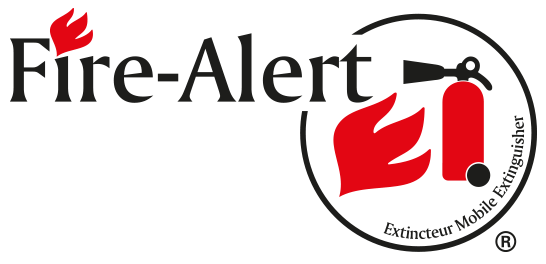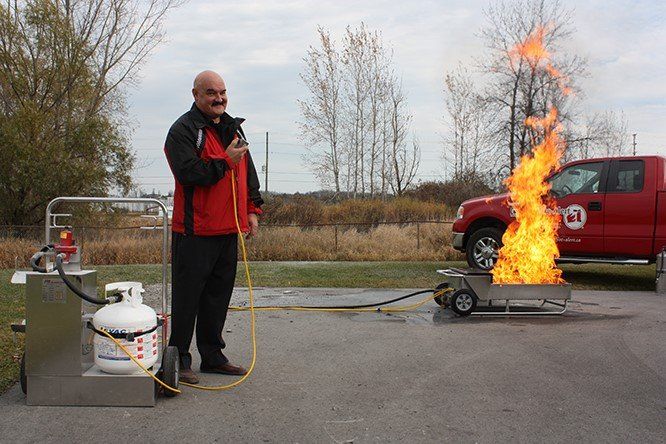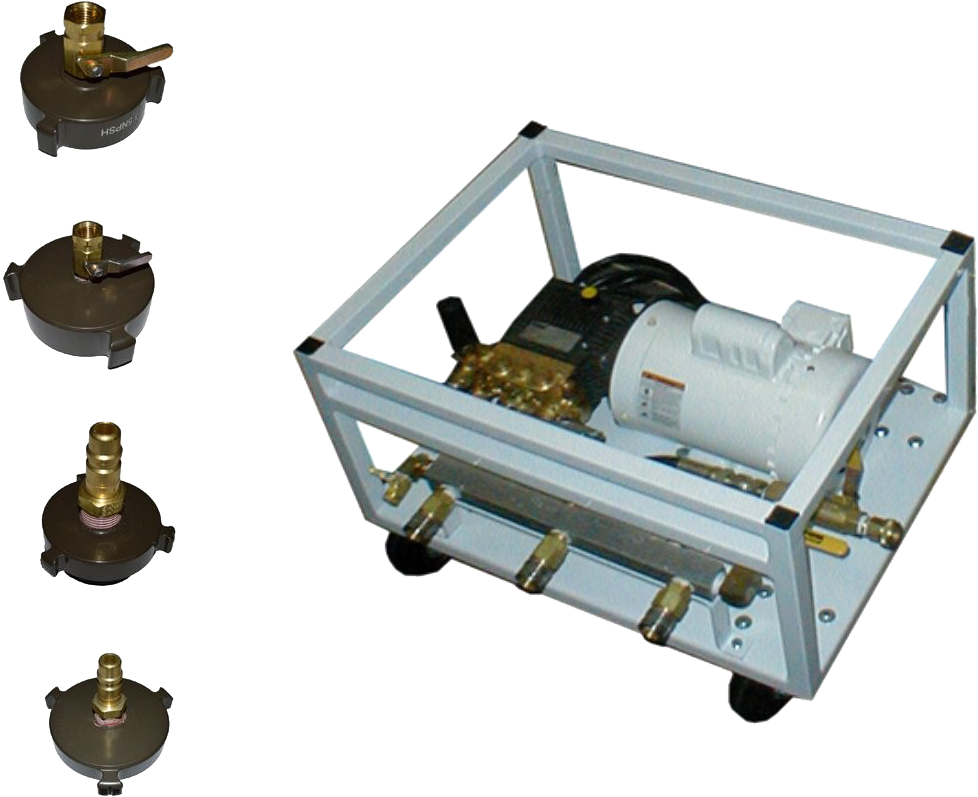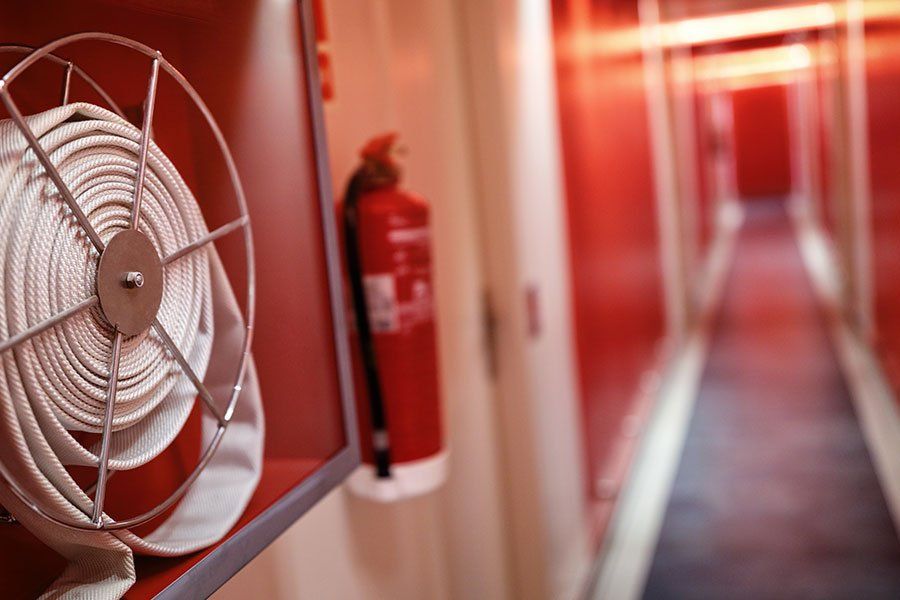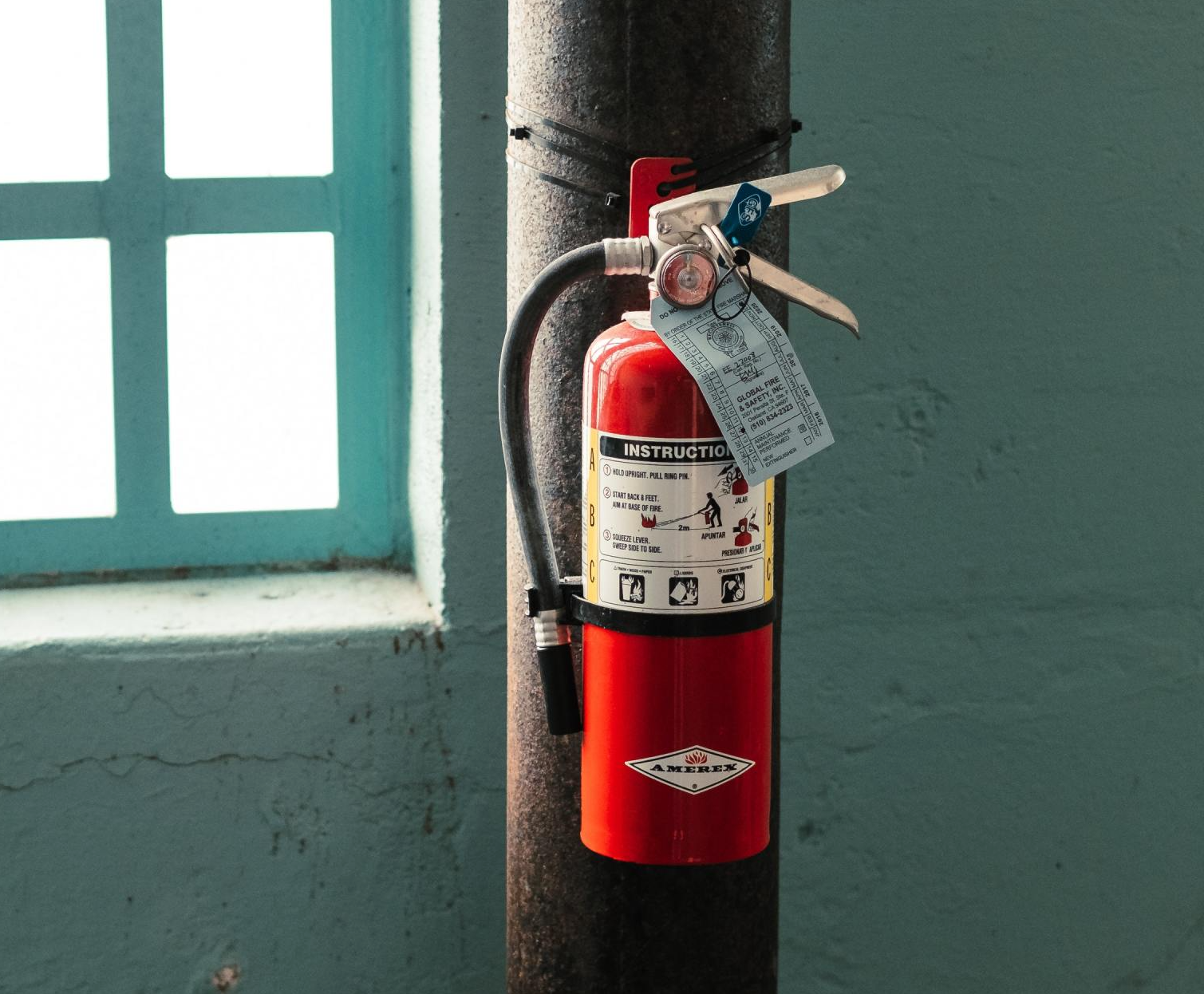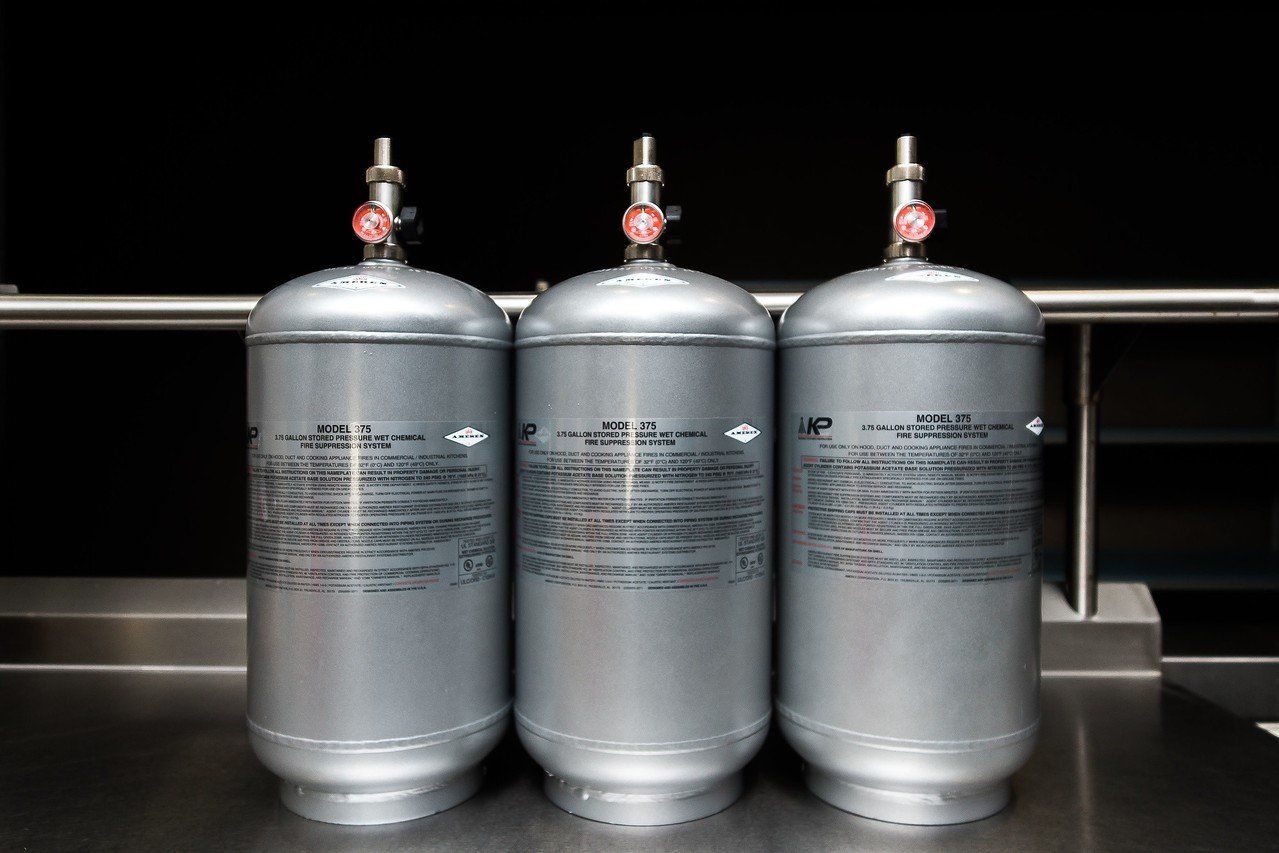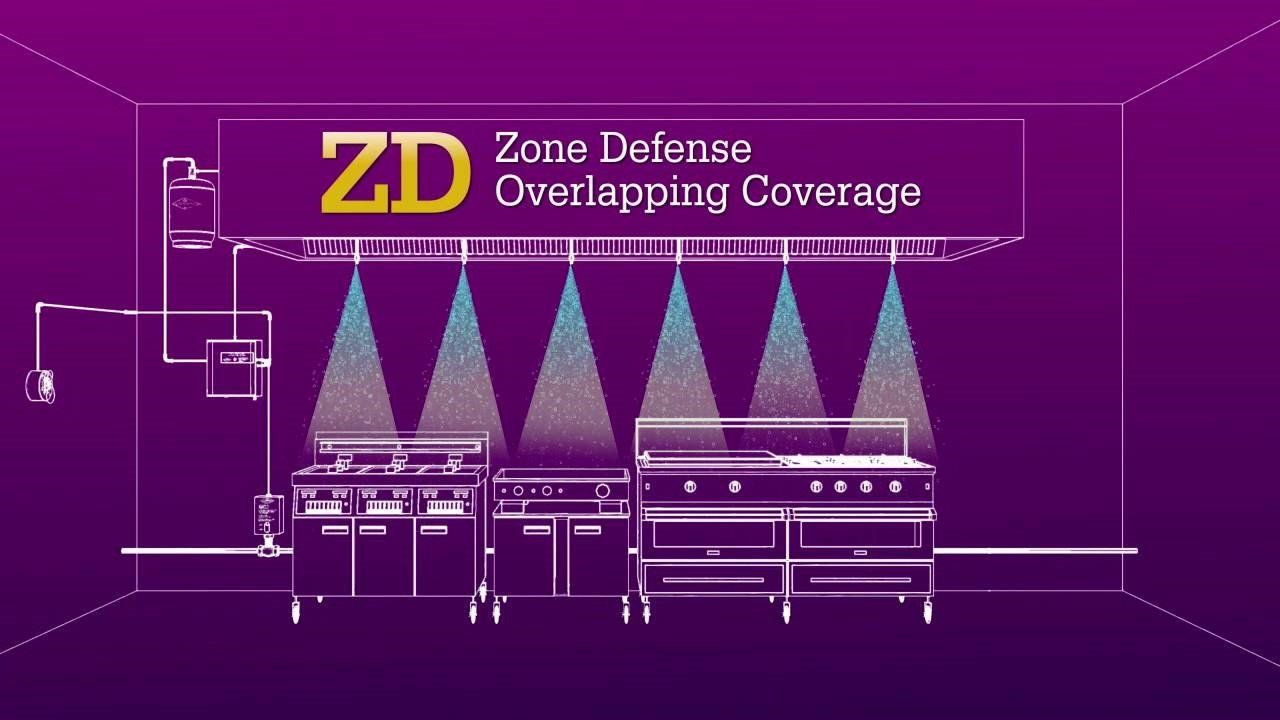ABOUT US
ABOUT FIRE ALERT
Fire + Safety Specialists Serving London, ON And Area
Fire-Alert London is owned and operated by Chris Gibson, born in London, ON he grew up north of the city. Chris is a volunteer firefighter and was looking for a business where he could use his knowledge of the industry to help others stay compliant and keep them safe. He found Fire-Alert and discovered that the low overhead of the mobile service and quality brand was exactly what he was looking for.
Fire-Alert has been a leader in the fire safety industry for over 35 years, conducting
inspections in commercial, industrial and government buildings. We also take great pride in equipping homeowners with all necessary fire safety devices to ensure the well-being of families across the nation.
We work hard to deliver a superior level of customer support and fire safety services. This has been our number one priority over the years, seeing a noticeable difference in our level of service compared to our competitors. We provide exemplary customer service that is unparalleled in our industry.
We perform ongoing fire & safety maintenance to ensure all equipment is functional and compliant with municipal, provincial, and Canadian Standards. We are committed to providing fast and courteous “MOBILE” services. Because our company is mobile, we are able to service our clients’ needs on-site, at their convenience and on demand.
Fire-Alert’s system provides a full range of fire and safety services. With our fully qualified staff and mobile services, clients can be assured that they will continue to cut back on costs while receiving only the best and most efficient service available.
Fire-Alert is in good standing with reputable fire and safety organizations such as NFPA, NAFED and Comply Works.
Fire-Alert realizes the importance of the environment which is demonstrated in our daily operations by recycling used batteries, refurbishing used extinguishers as well as recycling all salvageable fire extinguisher parts, including: cylinders, handles, pins, O-rings, nozzles, etc.
Contact us today for all of your fire and safety needs
Half-Day Safety Course Training Program
Prepare your staff to safely handle fire emergencies with the Fire-Alert Half-Day Safety Course Training Program! A professional, qualified, Fire-Alert Instructor in your area will provide the fire and emergency training course designed to make an impact.
This half-day course will cover the use and handling of Class A, Class B, and Class C type fire extinguishers, through engaging classroom discussions and hands-on training where your trainees & staff will learn the fundamentals of fire prevention and emergency response in the workplace. This training session is engaging, interactive and is performed in a classroom followed by an outside practical demonstration using the latest technology in propane burn pots, where all participants will extinguish a controlled fire.
Our Fire-Alert Instructor will provide fire extinguisher training; including course handouts, instruction aids and use of controlled equipment including fire extinguishers. Shortly after completion of the course, certificates and cards will be sent to the participants.
Armed with the right type of fire extinguisher a person can often extinguish or contain a fire before it becomes a major blaze, but to effectively fight a fire an individual must be prepared with the right type of
extinguisher, have it readily available, and know how to use it properly. Failure to be properly prepared to extinguish a fire not only reduces the chance of containing the blaze, but may also place the individual in an extremely hazardous situation.
FIRE HOSE TESTING
FIRE HOSE TESTING
Fire-Alert experts test and inspect hoses to the most current NFPA standards and current Fire Code rules.
When your equipment ages the materials it is constructed from can degrade. Hydrostatic testing and visual inspections are the best way to know if your equipment is up to the job. Your fire hoses require hydrostatic testing when they have been in service for five (5) years, then every three (3) years afterwards. Allow Fire-Alert to inspect your hoses yearly and to perform hydrostatic tests when required, to give you, your employees and building occupants protection and peace of mind.
Fire-Alert will inspect supply beds, pre-connects, hose bundles and rolls. All hoses shall be pre-inspected prior to testing. All couplings will be checked for damage/slipping. Gaskets will be checked for damage or if they are missing. The outer jacket will be checked for damage. If for any reason, one of the above is found, the hose is removed and marked out of service.
Emergency Lighting, Exit Signs
Emergency lighting and exit signs must also be tested according to the Ontario fire code 2.7.3, emergency lighting and exit signs need to be tested every year. Fire-Alert offers on-site testing to determine if units are still functioning properly. Some examples of what is required is listed below.
- Emergency lighting shall be provided in:
- Exits
- Principal routes providing access to exit in an open floor area
- Corridors used by the public
- Underground walkways
- Public corridors.
- Emergency lighting required in Section (1) shall be provided from a source of energy separate from the electrical supply for the building.
- Lighting required in Section (1) shall be designed to be automatically actuated for a period of at least 30 min when the electric lighting in the affected area is interrupted.
- Illumination from lighting required in Section (1) shall be provided to average levels of not less than 10lx at floor or tread level.
- Where self-contained emergency lighting units are used, they shall conform to CSA C22.2 No. 141, “Unit Equipment for Emergency Lighting.
Exit Signs
- Every exit door shall have an exit sign placed over or adjacent to it if the exit serves:
- A building more than 2 stories in building height,
- A building having an occupant load of more than 150, or
- A room or floor area that has a fire escape as part of a required means of
- Every exit sign shall:
- Be visible from the exit approach,
- Have the word EXIT or SORTIE displayed in plain legible letters, and
- Be illuminated continuously while the building is occupied.
- Exit signs shall consist of:
- red letters on a contrasting background or contrasting letters on a red background, with the letters not less than 114 mm high and having a 19 mm stroke, if the sign is internally illuminated, and
- white letters on a red background or red letters on a contrasting background that is white or a light tint, with letters not less than 150 mm high and having a 19 mm stroke, if the sign is externally illuminated.
Fire-Extinguishers
According to the Ontario fire code 6.2.7, extinguishers need to be tested every year , recharged every six years, and hydro tested every 12 years. Fire-Alert offers on-site extinguisher inspections and recharging, and hydro testing for most makes and models according to NFPA standards. If you are unsure, here are some helpful hints:
- Check the pressure gauge, if it’s fallen below the functional level, it’s time to refill.
- If your unit does not have a gauge, have it tested by a Fire-Alert Expert immediately.
- Have your extinguisher checked annually.
- Even if you have not used your extinguisher, it needs to be recharged every six years.
- If you do use it, refill it as soon as possible after use.
A trained and certified expert from Fire-Alert will reliably perform maintenance and recharge your fire extinguishers on-site.
Fire extinguishers should be maintained at regular intervals (at least once a year), or when specifically indicated by an inspection. A fire extinguisher inspection is intended to give maximum assurance that an extinguisher will operate effectively and safely. It includes a detailed examination and any necessary repairs, recharging or replacement. It will normally reveal the need for pressure testing (hydrostatic testing) of an extinguisher to ensure the cylinder is safe to use.
Steps to performing an annual inspection for fire extinguishers:
- Have a checklist handy with the date of each fire extinguisher inspection and follow each step until complete. Be sure to mark the date of inspection on the inspection tag of your fire extinguisher.
- Your extinguisher should not be blocked by any equipment, coats or objects that may interfere with access in case of an emergency.
- Always check to ensure that the pressure of the unit is at the recommended level by checking the gauge to confirm that the needle is in the green zone which will show that the pressure is right where it should be.
- Make sure the nozzle or other parts of the extinguisher are not obstructed in any way.
- If your portable fire extinguishers have a pin and tamper seal, check to see if they are intact and undamaged.
- Check for dents, rust, leaks or any sign of abuse or wear. Take a damp rag and wipe off any gunk or chemicals that may have accumulated on the device.
- Shake your extinguisher to prevent the powder from settling to the bottom.
- Pull pin, reinsert and replace tamper seal.
During our maintenance service, if the results show that the extinguisher is damaged or needs recharging our experts at Fire-Alert will immediately replace it. Functional fire extinguishers are required throughout the premises. It is the most important tool against fire; however, if it is not kept in good working condition it will not be useful in times of need.
To ensure that the fire extinguisher works in the event of a fire, you should follow these guidelines:
Emergency lighting and exit signs must also be tested according to the Ontario fire code 2.7.3, emergency lighting and exit signs need to be tested every year. Fire-Alert offers on-site testing to determine if units are still functioning properly. Some examples of what is required is listed below.
- Emergency lighting shall be provided in:
- Exits
- Principal routes providing access to exit in an open floor area
- Corridors used by the public
- Underground walkways
- Public corridors.
- Emergency lighting required in Section (1) shall be provided from a source of energy separate from the electrical supply for the building.
- Lighting required in Section (1) shall be designed to be automatically actuated for a period of at least 30 min when the electric lighting in the affected area is interrupted.
- Illumination from lighting required in Section (1) shall be provided to average levels of not less than 10lx at floor or tread level.
- Where self-contained emergency lighting units are used, they shall conform to CSA C22.2 No. 141, “Unit Equipment for Emergency Lighting.
Suppression Systems
We service Kitchen Hood Suppression and industrial Systems made by ProTexII, Range Guard, Buckeye, Sentinel and install Amerex systems as per Ontario Fire Code 2.6.1 and NFPA 96 standards.
The AMEREX® Kitchen Protection (KP™) Fire Suppression System
KP is a staple in commercial kitchens around the world. To meet NFPA guidelines and ensure quality, Amerex stringently tests this product with Underwriters Laboratory to meet UL 300, Standard for Fire Testing of Fire Extinguishing Systems for Protection of Commercial Cooking Equipment. KP is designed to accommodate the needs of building and restaurant owners who utilize restaurant fire suppression systems to protect their valuable property and ensure the safety of the people working in the kitchens. From fine dining to fast food chains, the Amerex Kitchen Fire Protection system has the components to meet your needs with competitive pricing while never sacrificing quality.
AMEREX® offers two appliance protection schemes to meet commercial kitchen needs.
- KP – Appliance Specific
With the AMEREX KP Appliance Specific Restaurant Fire Suppression System you get appliance-specific coverage that generally offers lower initial cost. The KP Appliance Specific System is the ideal choice in commercial kitchens where appliance location is fixed, such as in fast-food chains, casual dining, cruise ships, and school cafeterias. - KP – Zone Defense
The AMEREX KP Zone Defense Restaurant Fire Suppression System adds greater flexibility by allowing kitchen appliances to be reconfigured without having to move system discharge nozzles. Because of the adaptability of the Zone Defense System, it is the most cost-effective choice over the life of the system. The KP-ZD System was designed with fine dining, culinary schools, military facilities, hotels, and hospitals in mind.
We take great pricde in equipping homeowners with all necessary fire safety devices to ensure the well-being of families across the nation.
CLIENT TESTIMONIAL
STAFF WAS VERY KNOWLEDGABLE
“ Had lost of questions regarding fire safety. staff was very knowledgeable and friendly”
- Bassel Kadri
